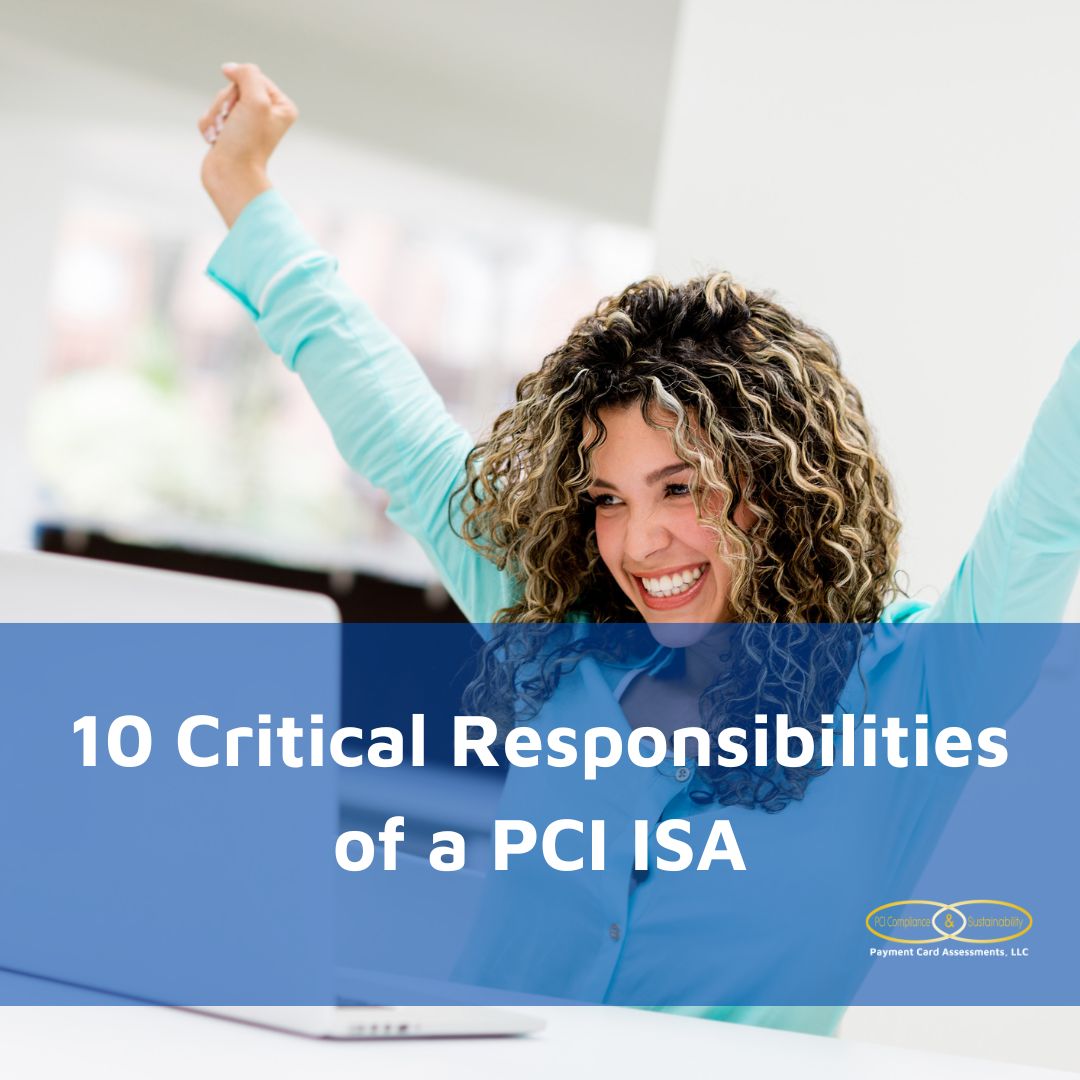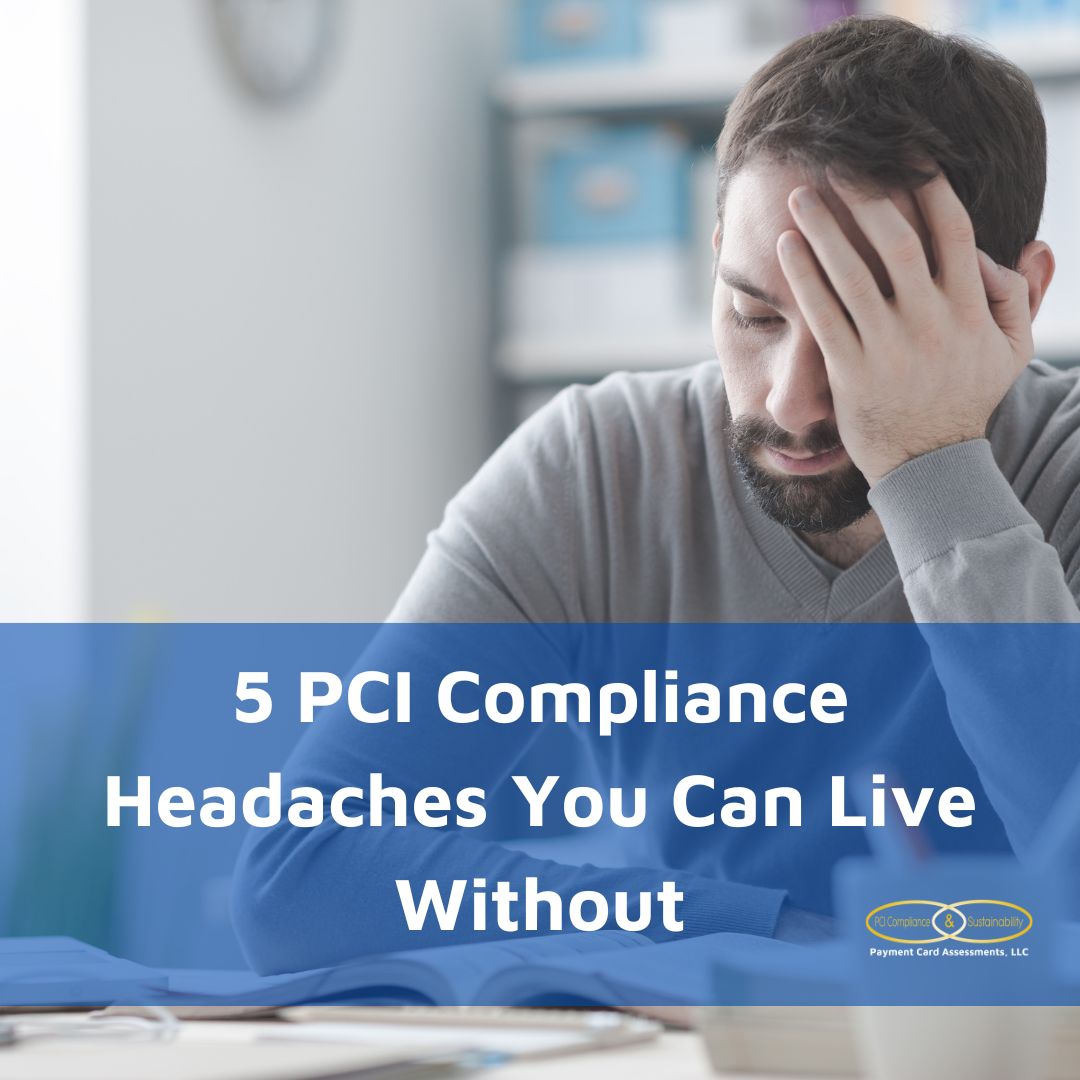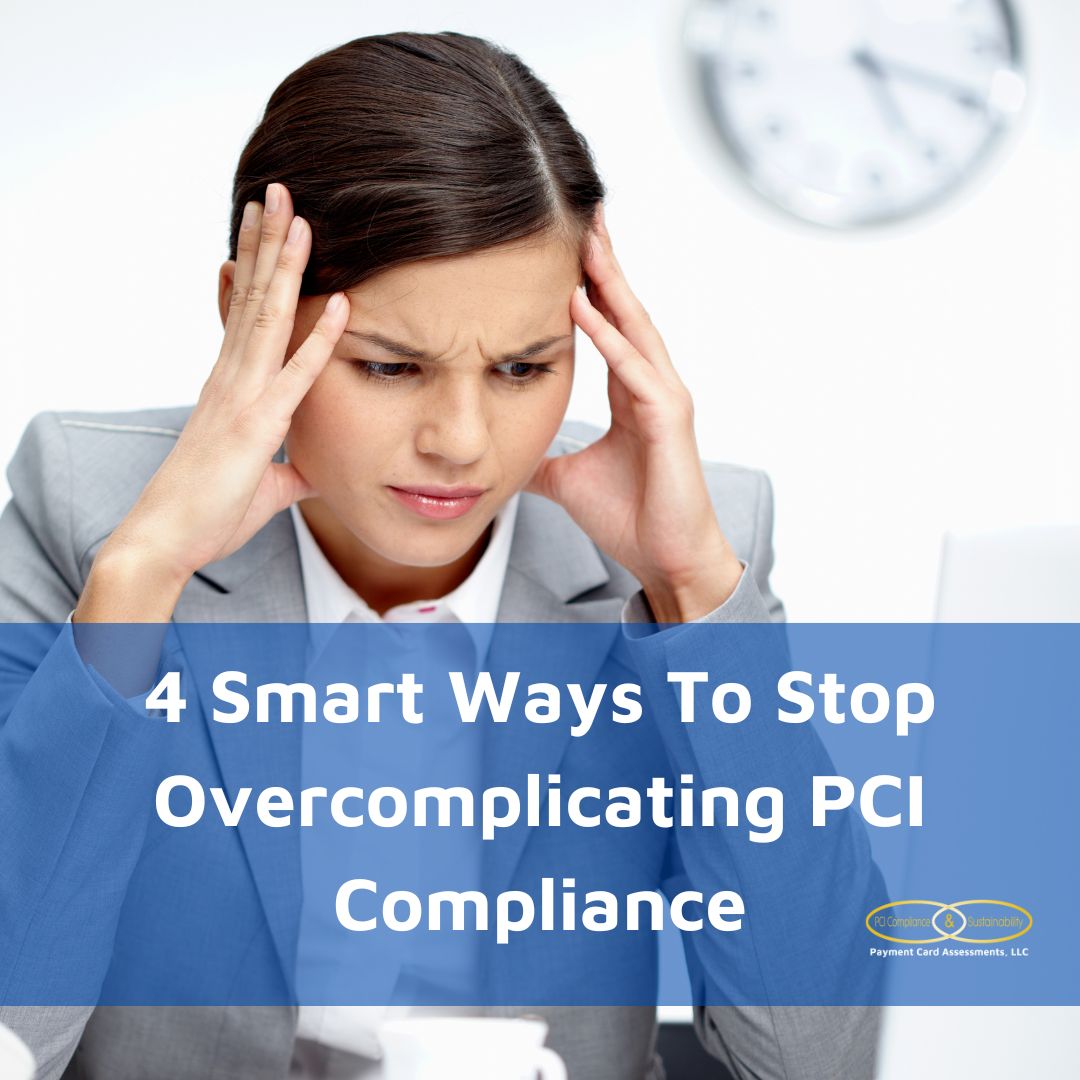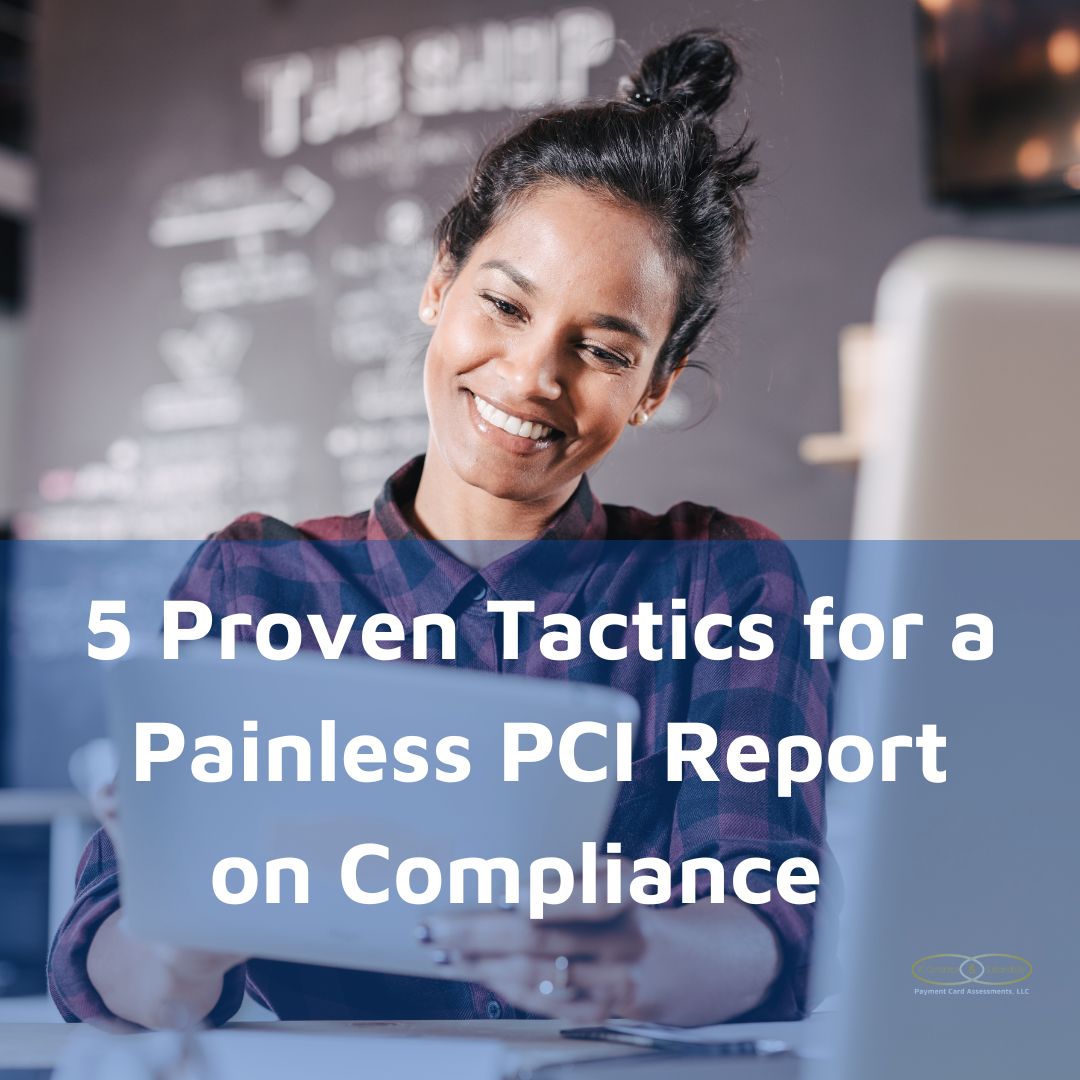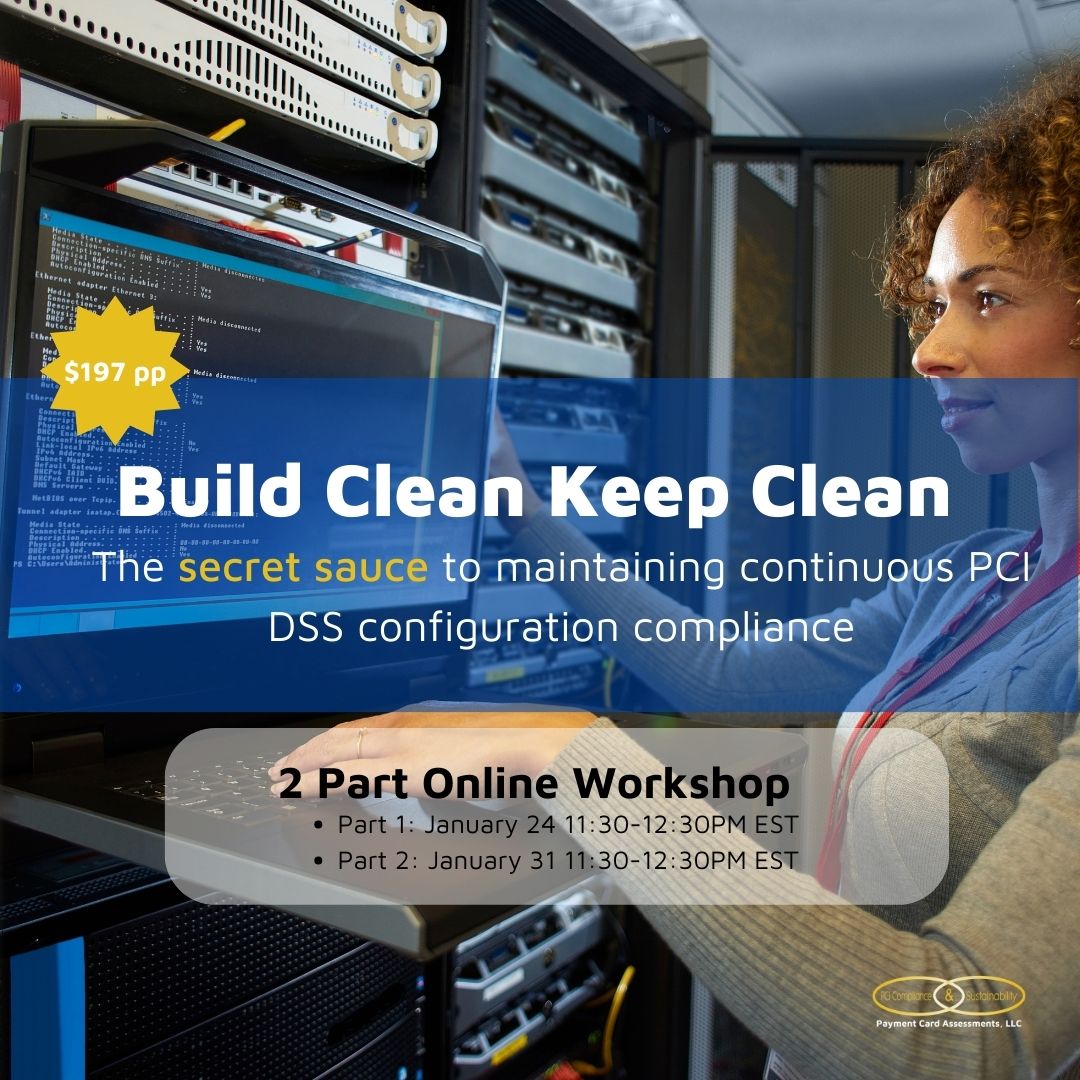Have you almost quit your PCI Compliance job after submitting your organization’s Report on Compliance?
Don’t be shy. It’s okay if you walked away.
I almost quit I submitted the first PCI Report on Compliance I ever worked on.
December 21, 2012 a day that still dredges up heartburn.
But…
I didn’t quit.
I didn’t walk away.
Instead, I saw the opportunity to build a world class PCI DSS Compliance program.


